President Donald Trump on Tuesday said he will start “phasing out” the Federal Emergency Management Agency at the end of this hurricane season and reduce the amount of federal money that’s given towards disaster relief in the future.

“The FEMA thing has not been a very successful experiment. Very, very expensive and it doesn’t get the job done,” he told reporters from the White House while criticizing the agency’s recent handling of Hurricane Helene, which caused $78.7 billion worth of damage in six states, according to the National Oceanic and Atmospheric Administration.

Any federal disaster aid will instead come directly from the White House. Exactly who will handle this is not yet certain, he said.

Trump has repeatedly said that states should bear their own recovery costs, and in March, he signed an executive order that directs state and local governments to “play a more active and significant role” in preparing for disasters.
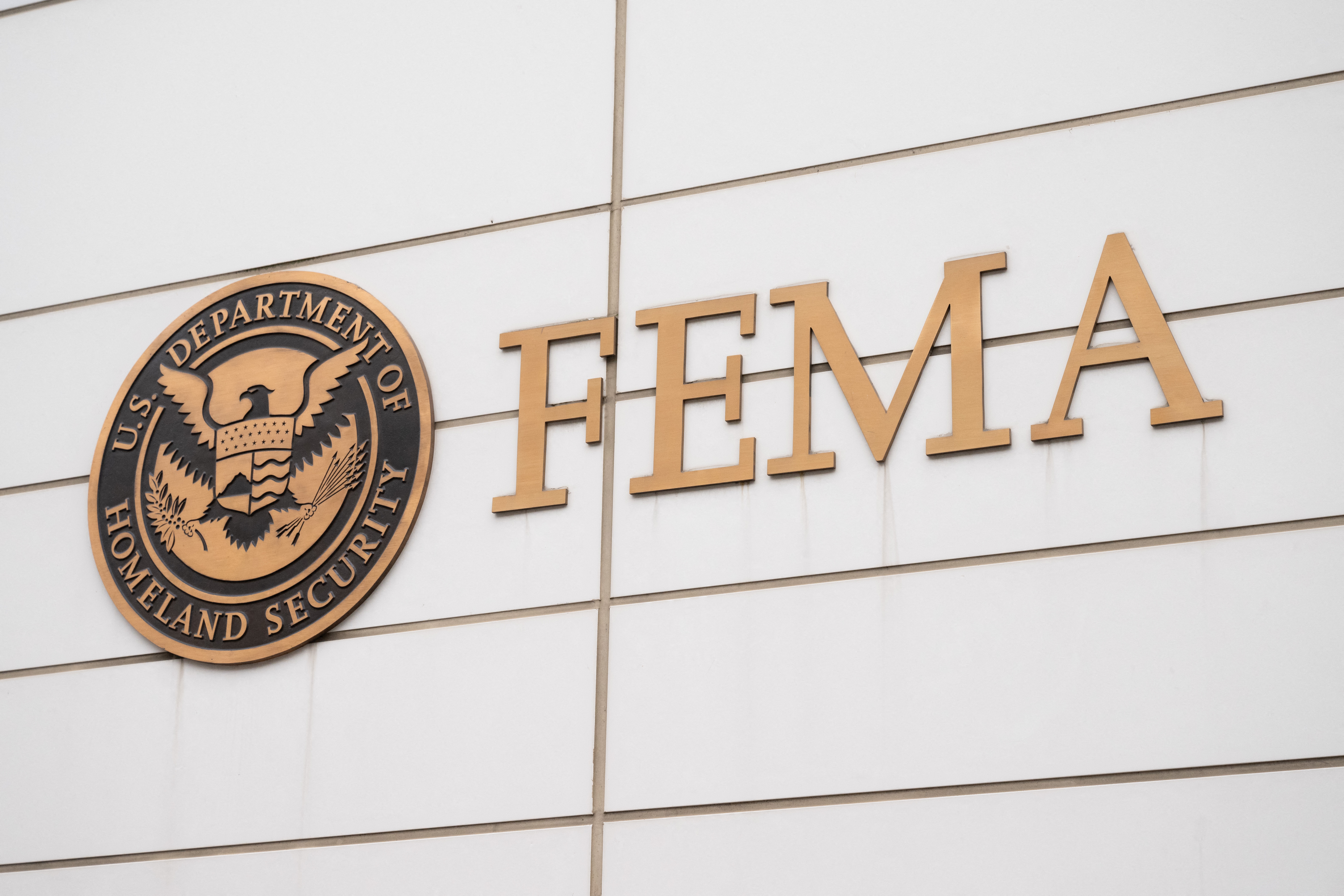
“If a certain state, as an example, gets hit by a hurricane or tornado … the governor should be able to handle it. And frankly, if they can’t handle the aftermath, then maybe they shouldn’t be governor,” Trump said Tuesday.

Homeland Security Secretary Kristi Noem, whose department oversees FEMA, echoed Trump’s remarks during the press conference, saying removing the agency will “empower governors to go out and respond to emergency situations.”
“People are responsible to respond to their own people closest to home,” she said.
The hurricane season runs from June 1 through Nov. 30. NOAA has predicted a 60% chance of above-normal hurricane activity. Local and state governments are already in charge of handling their own natural disasters. FEMA steps in to offer help and reimburse communities for disaster response and recovery projects if it’s requested.
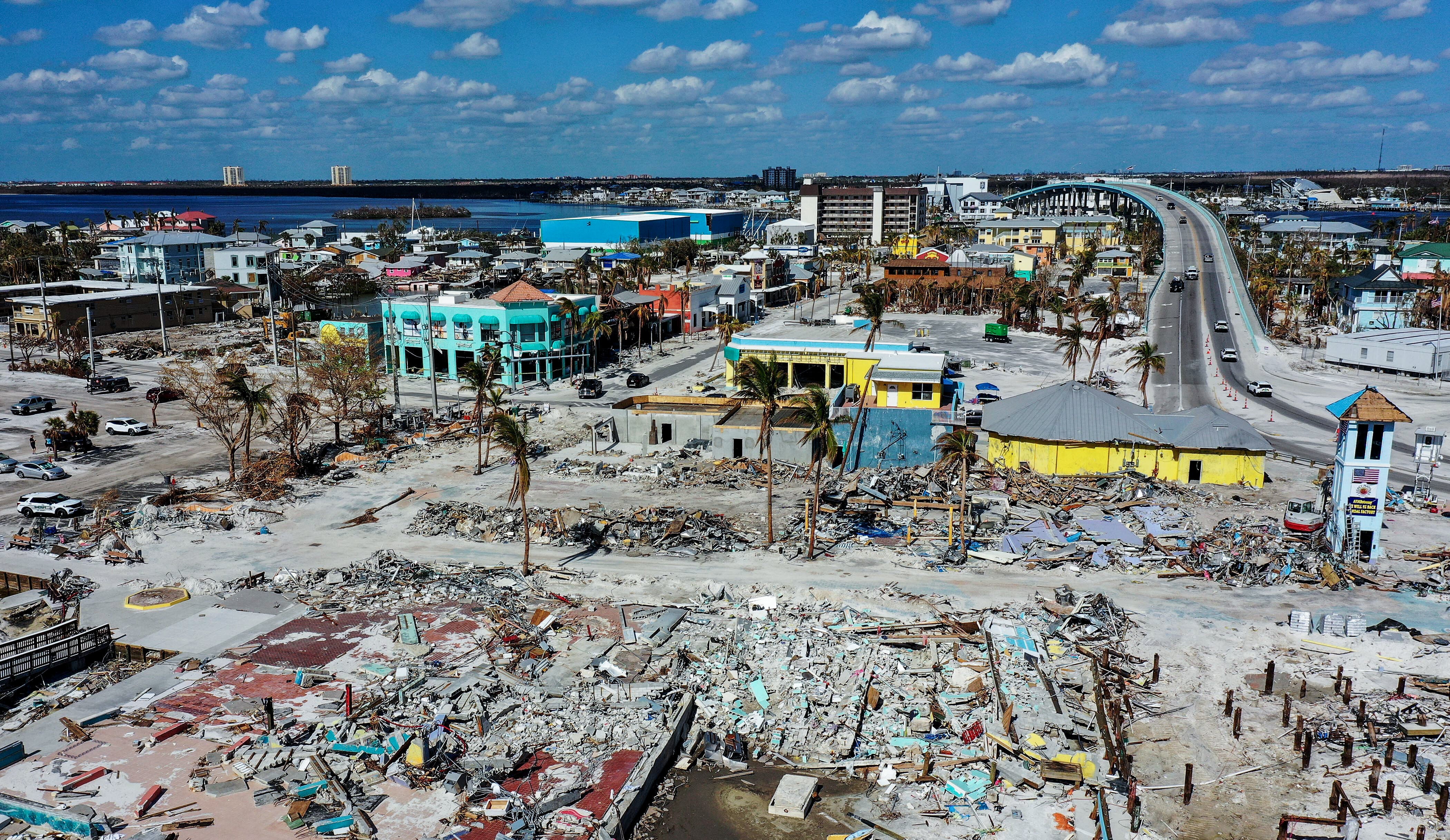
“The locals are in charge of their county and their situation, and the state of North Carolina advises FEMA on what we need,” Justin Graney, chief of external affairs for North Carolina Emergency Management, told NPR back in March.
Florida Gov. Ron DeSantis (R), whose state has experienced four of the nation’s top seven costliest hurricanes, has similarly criticized FEMA’s recent hurricane response, calling its processes too bureaucratic. He expressed indifference on Trump dismantling the agency when questioned by reporters late last month.
“On the core prep, response, and then stabilize and get people back to normal, just know that we’ve never relied on FEMA for any of that here in the state of Florida,” he said.
Recent FEMA grants to the state have included over $1 billion given after Hurricane Ian in 2022. The press secretary for Texas Gov. Greg Abbott (R) also said that they’re ready for whatever disaster comes next.
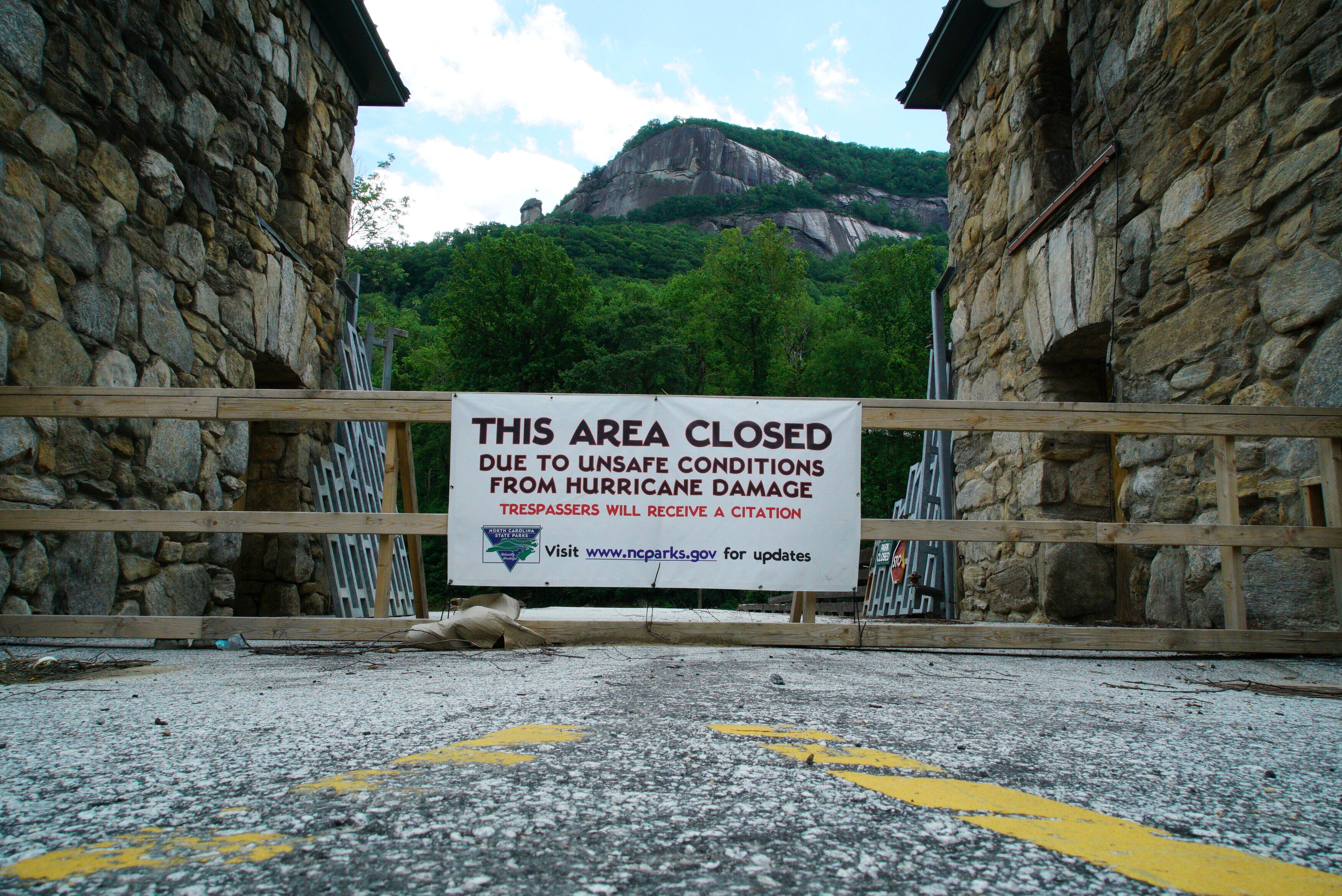
“Texas has built the strongest emergency management operation in the nation, and Governor Abbott has full confidence that the Texas Division of Emergency Management will be able to swiftly take action when disaster strikes,” Andrew Mahaleris said in a statement to HuffPost Wednesday when asked about Trump’s proposed changes.
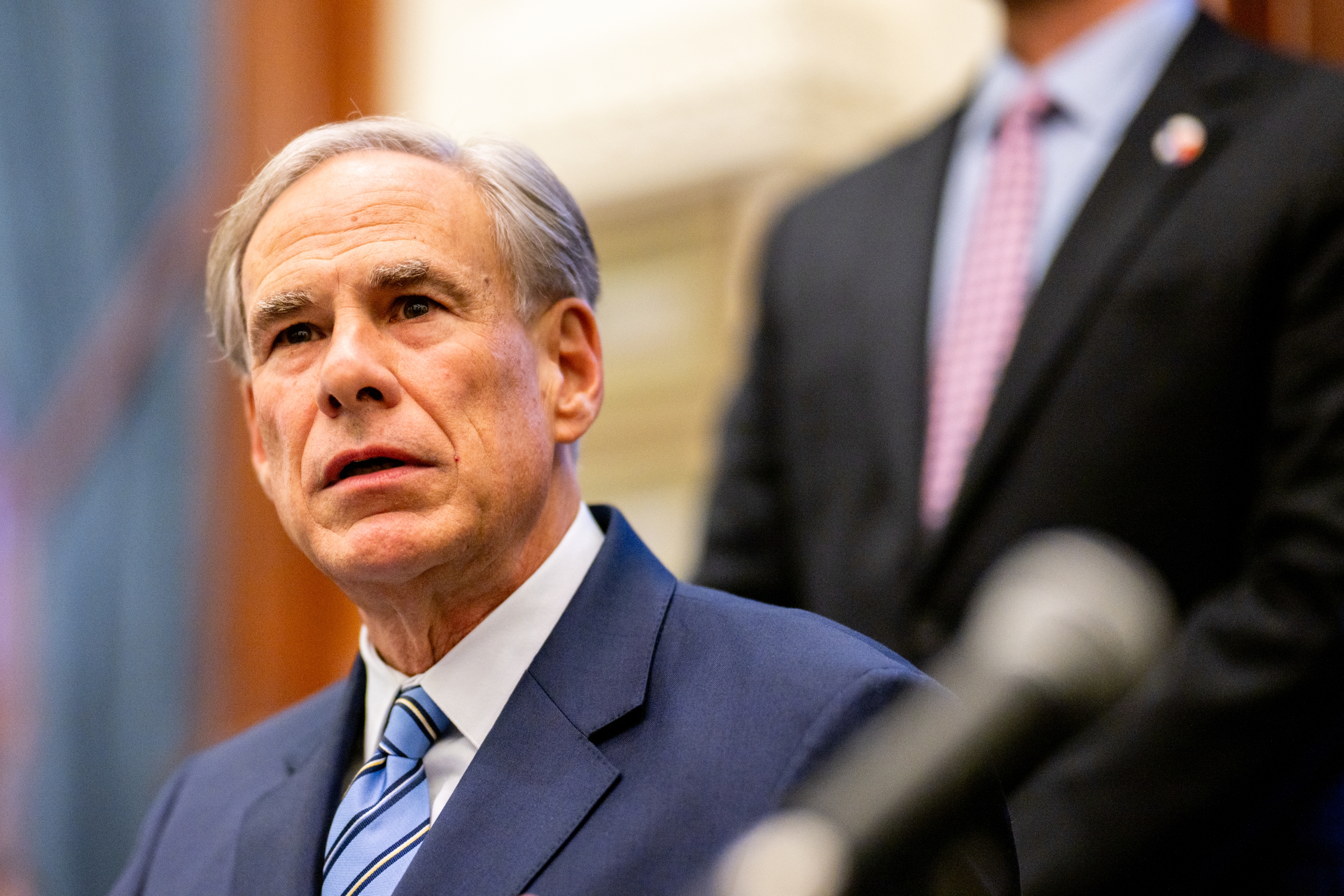
Texas has experienced an annual average of 13.6 weather or climate disaster events over the last five years, which is more than three times the number in prior years, according to NOAA.

“From 1980-2024, there were 190 confirmed weather/climate disaster events with losses exceeding $1 billion each to affect Texas,” NOAA reports. More than half of these events were tropical cyclones.
North Carolina Gov. Josh Stein (D), whose state continues to recover following Hurricane Helene’s devastating hit last fall, has meanwhile spoken out against dismantling FEMA, calling it to be “fixed” rather than destroyed.
“The Governor has been clear on this: Eliminating FEMA would be a man-made disaster; we need FEMA to help us address natural disasters. Let’s work together to improve FEMA so we are ready for future disasters,” a spokesperson for his office told HuffPost on Wednesday.
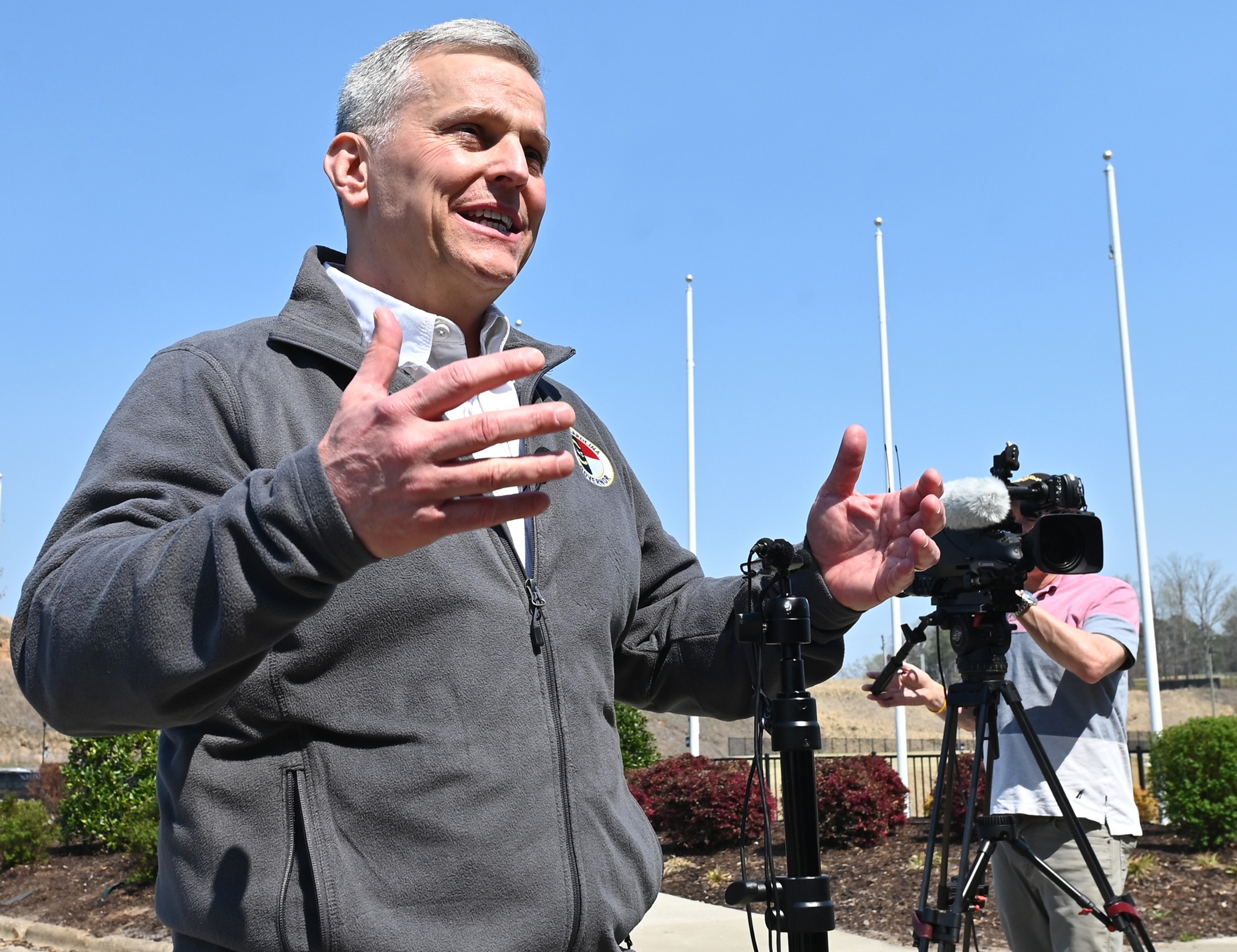
The amount of money doled out by FEMA has significantly risen over the last decade, but this has been partially blamed on the rising number of catastrophic storms.
Within the last 20 years, the U.S. has experienced its top five costliest storms on record. Hurricane Helene, which ranks seventh in terms of cost, caused $78.7 billion worth of damage in six states, according to the NOAA National Centers for Environmental Information.
The federal government’s Disaster Relief Fund (DRF), which provides FEMA with its funding, has reported its annual spending more than tripling in the years since 2005, when hurricanes Katrina, Rita, and Wilma resulted in record aid spending. Prior to 2005, the DRF’s spending averaged about $5 billion annually, according to the Congressional Budget Office (CBO).
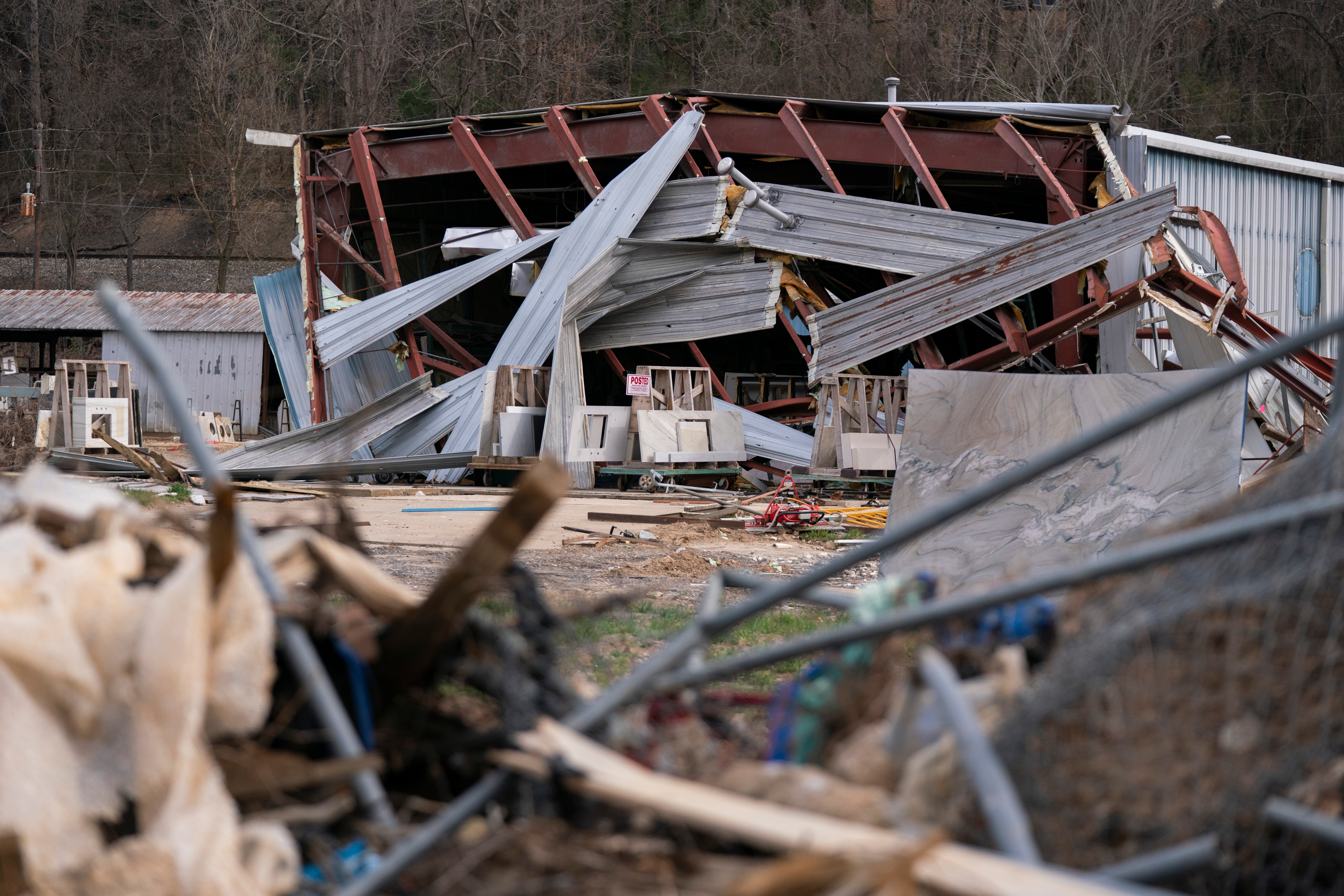
“Since 2005, though, spending has risen to an average of $16.5 billion annually, spurred by a handful of particularly severe events (including those three hurricanes and the pandemic) and the larger appropriations provided in response,” the CBO reported in 2022.
Hurricanes have made up the largest category of DRF spending, according to the CBO, followed by other natural disasters like flooding, severe storms, wildfires, tornadoes, and earthquakes.
This article originally appeared on HuffPost.


